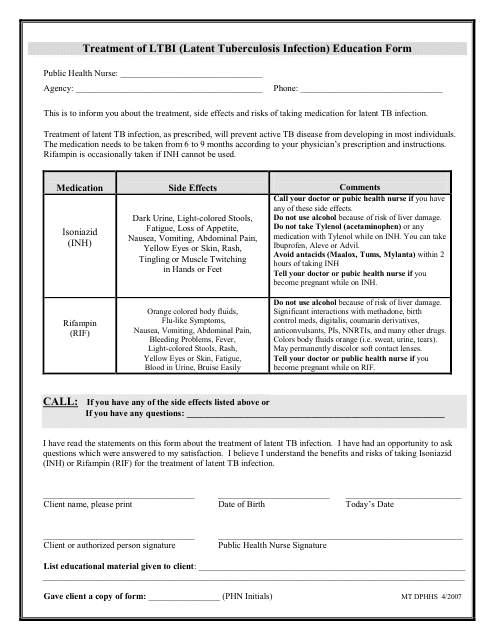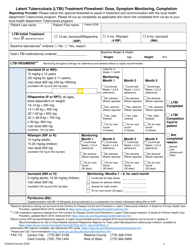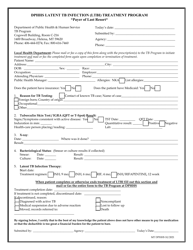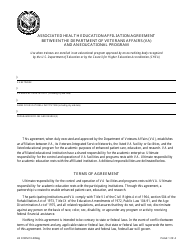Treatment of Ltbi (Latent Tuberculosis Infection) Education Form - Montana
Treatment of Ltbi (Latent Tuberculosis Infection) Education Form is a legal document that was released by the Montana Department of Public Health and Human Services - a government authority operating within Montana.
FAQ
Q: What is LTBI?
A: LTBI stands for Latent Tuberculosis Infection. It is a condition where a person has been infected with tuberculosis bacteria but does not have active tuberculosis disease.
Q: How is LTBI treated?
A: LTBI is treated with a course of antibiotics. The most common medication used for LTBI treatment is called Isoniazid.
Q: How long does LTBI treatment last?
A: The standard treatment for LTBI lasts for 9 months.
Q: What are the side effects of LTBI treatment?
A: The most common side effects of LTBI treatment are liver problems and peripheral neuropathy. These side effects are rare, but it is important to monitor for any signs of these issues during treatment.
Q: Who should be treated for LTBI?
A: People who have a positive tuberculin skin test or TB blood test, and are at risk for developing TB disease, should be treated for LTBI.
Q: What are the benefits of LTBI treatment?
A: Treating LTBI can prevent the development of active tuberculosis disease in the future. It also helps to reduce the spread of tuberculosis to others.
Q: Can LTBI be spread to others?
A: No, LTBI cannot be spread to others. Only people with active tuberculosis disease can spread the infection to others.
Q: Is LTBI treatment mandatory?
A: LTBI treatment is not mandatory, but it is highly recommended for individuals who are at risk of developing active tuberculosis disease.
Q: Can LTBI come back after treatment?
A: LTBI can come back after treatment, especially if a person is re-exposed to tuberculosis bacteria. It is important to take precautions to prevent re-infection.
Form Details:
- Released on April 1, 2007;
- The latest edition currently provided by the Montana Department of Public Health and Human Services;
- Ready to use and print;
- Easy to customize;
- Compatible with most PDF-viewing applications;
- Fill out the form in our online filing application.
Download a printable version of the form by clicking the link below or browse more documents and templates provided by the Montana Department of Public Health and Human Services.








